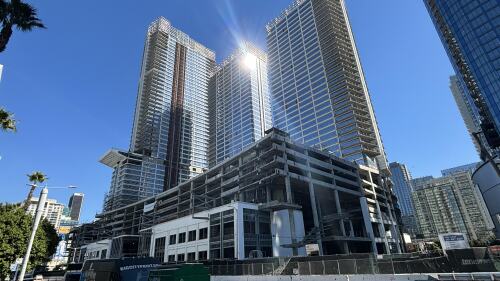Office
What does it take to secure debt in today’s challenging commercial real estate environment? It all boils down to experience, relationships, and a lot of creativity. That’s according to an expert panel speaking this morning at ULI’s spring meeting at the New York Hilton Midtown. The panel is the first in a series of three, which will include Raising Equity (10 a.m. Wednesday) and Borrowers’ Experiences—Recent Success Stories (10 a.m. Thursday).
Experts say the real estate market in our cities is responding to the dramatic changes caused by COVID with a “flight to quality.” This headline suggests optimism that a safe harbor still exists out there as does the fear that we all need to act fast and run (for our lives) before things get bad. It reflects a winnowing to the essential characteristics that can ensure the best overall return and insulate us from the changing winds in the economy.
The Manhattan office market is beginning to make a comeback, but much has changed since the start of the COVID-19 pandemic. The persistence of hybrid and remote work have changed the equation for commercial rentals, both in terms of landlord-tenant relationships and the quality of office product on offer.
One of New York City’s busiest corridors is set for one of its biggest transformations in years. The area around Manhattan’s Penn Station has long been considered a sore spot for the city, as top-tier retail stores moved to more flourishing areas and local buildings became outdated. But now, with a billion-dollar plan by a New York state agency underway to revitalize public transit infrastructure in and around Penn Station, there is serious momentum for the Midtown neighborhood, which has stalled in growth as surrounding neighborhoods have evolved.
Tattooed, tanned, and tousled, 48-year-old Stefan Quinn Soloviev looks like an athletic nerd who stepped out of a Mad Max film, but don’t let his appearance fool you. Soloviev is one of the largest landowners in the United States—number 21, according to Landreport.com—with a portfolio that includes some of Manhattan’s most coveted properties.
Last week, the U.S. Securities and Exchange Commission issued new rules requiring public companies to enhance and standardize climate-related disclosures. The rules phase in over time, requiring the largest companies or public investor shares to begin making climate risk disclosures in 2025.
Arizona is at the epicenter of an evolving dynamic that can best be described with a phrase uttered by a panelist at ULI Arizona’s Trends Day 2024—disruption equals opportunity.
For months, if not years, panic-inducing headlines have lamented the existential crisis facing the U.S. office market as a “wall of maturities” looms: $2.2 trillion of commercial real estate debt coming due between now and the end of 2027, according to Trepp estimates.
As office values have declined, it’s created a pivotal moment for astute investors and developers as they evaluate the underlying land value and look for the best property uses over the long term. Indeed, there is latent potential in the evolving office landscapes, but a keen and studied eye will be required to discern the true opportunities from the potential money pits.
The strain of higher interest rates is creating sleepless nights for some commercial real estate owners and operators these days. On the flip side, there is significant capital eagerly lining up to take advantage of market dislocation.


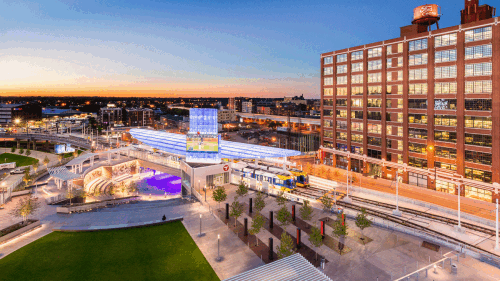
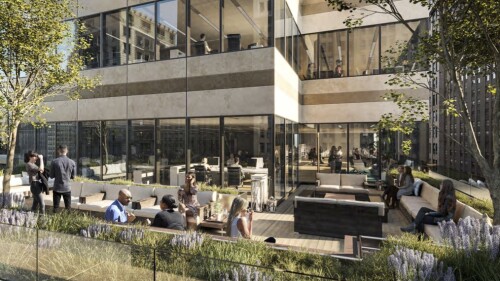
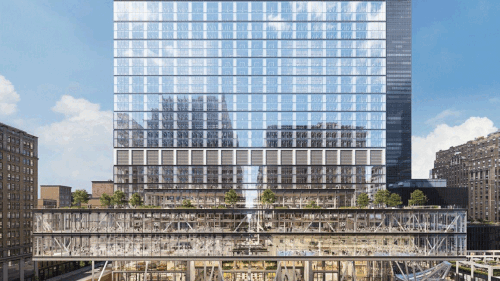
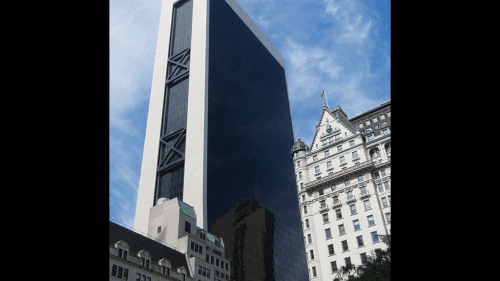
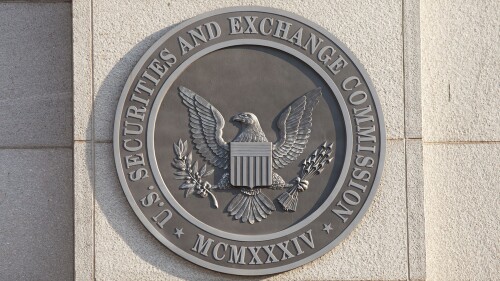


![GENSLER - CHASE PARK - FINAL RENDERING[1].jpg](https://cdn-ul.uli.org/dims4/default/4d0af69/2147483647/strip/true/crop/6000x3372+0+397/resize/500x281!/quality/90/?url=https%3A%2F%2Fk2-prod-uli.s3.us-east-1.amazonaws.com%2Fbrightspot%2Fc6%2Fbd%2F50e442924bf6b2a530572e6c2c9b%2Fgensler-chase-park-final-rendering1.jpg)
